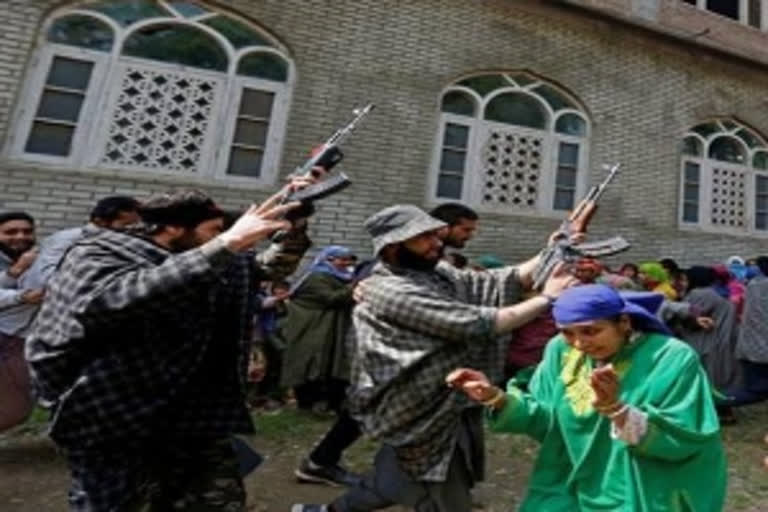New Delhi:The year 2020 was one of the mixed results for the Indian security establishment in the militancy-plagued Kashmir Valley.
While the good news is the restriction of Pakistani and Afghan origin militants trying to sneak in, the bad news is that locals are fast taking over.
Of a total of 226 militants killed in 2020, 176 or 78 per cent are locals with the rest 50 of foreign extract.
The rising level of disgruntlement among the local populace has led to at least 40 per cent more taking to arms compared to 2019.
While the number of locals joining militancy for 2020 stands at 166 according to the Army’s figures, it doesn’t take into account the number of ‘missing’ youth who potentially may have possibly added to the militant ranks. The actual numbers therefore may be much higher.
In 2015, 2016, 2017, 2018, and 2019, the number of local recruits stood at 66, 88, 128, 191 and 119 respectively.
Foreign militants have been thwarted at the Line of Control (LoC) by a sturdy security grid, better surveillance and anti-infiltration grids that have become more effective due to using drones, better electronic surveillance and human intelligence.
Why more local youths?
Just after the August 5, 2019 abrogation of Article 370, the activity of local political parties became severely restricted.
This led to the lack of a grievance redress mechanism at the grassroots level.
As a result, the grievances of local energetic youth could not find an outlet. For such youth, militancy provided a way to vent out their emotions.
But the problem with local militancy is that it has a domino effect when the militants get killed.
It leads to a vicious cycle of increased militancy that feeds off the disgruntled family and larger kinship network, increasing prospects of more recruitment.
Such deaths have the potential to trigger uncontrollable protests in the Valley.
Why more deaths?
Concomitant with the increase in the numbers of local youths joining militancy, in 2020, the number of militants killed in action has also increased sharply and the year recorded the highest number of ‘kills’ in the last five years.
